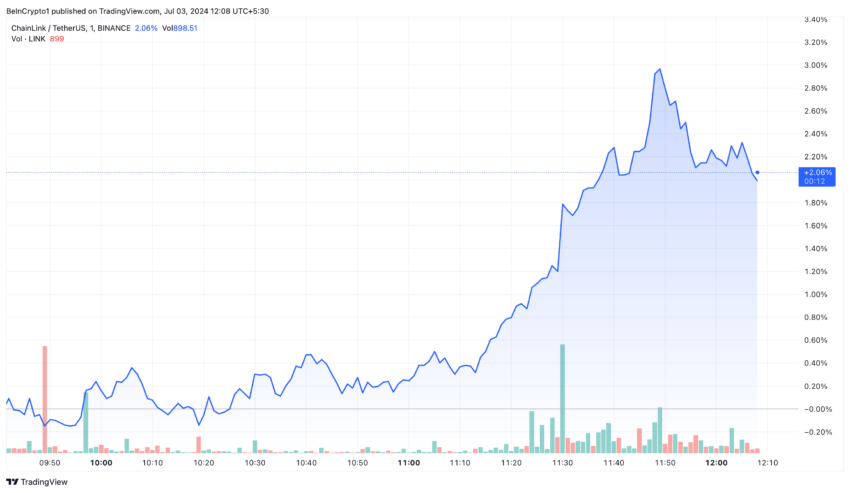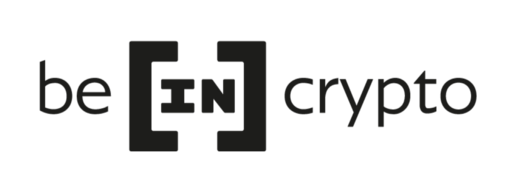Chainlink, a blockchain abstraction layer, has partnered with Fidelity International and Sygnum to tokenize $6.9 billion worth of asset data from Fidelity’s Institutional Liquidity Fund. The company calls this partnership a landmark production use case for tokenized assets.
This collaboration between Chainlink, Fidelity International, and Sygnum exemplifies the practical application of blockchain technology. It sets a precedent for future developments in digital asset management.
Chainlink Co-Founder Believes Tokenization is Inevitable
The collaboration, announced today at the Point Zero Forum, reveals that Sygnum, a crypto banking group, has tokenized $50 million of Matter Labs’ company treasury reserves. These reserves are held in Fidelity International’s money market fund and have been issued on the ZKsync blockchain, a participant of the Chainlink SCALE program.
At the core of this initiative is Net Asset Value (NAV) data, a crucial component in the traditional fund industry. Through Chainlink’s technology, NAV data can be accurately reported and synchronized on-chain in a secure, automated manner. Consequently, this provides real-time transparency and access to historical data, which enhances decision-making for the broader market.
Read more: How To Buy Chainlink (LINK) and Everything You Need To Know
Sergey Nazarov, co-founder of Chainlink, highlighted the importance of this development.
“Fund tokenization is likely the largest digital asset trend happening today, and it is a large confirmation that global asset management firms are entering this growing market. The global reach and efficiency benefits of tokenized funds are far greater than traditional methods and will over time become the way the entire asset management industry operates,” Nazarov said.
Following the announcement, the price of Chainlink’s token (LINK) increased by 2% within minutes. However, the surge was short-lived. The token is currently trading at around $14.48.
 Chainlink (LINK) Price Performance. Source: TradingView
Chainlink (LINK) Price Performance. Source: TradingViewAs explained by Nazarov, tokenization involves converting rights to an asset into a digital token on a blockchain. This process facilitates atomic settlement, which makes transaction completion instantaneous rather than over days. Additionally, it allows for more efficient collateral management by reducing the limbo time for assets, thereby enhancing capital utilization.
Read more: What is The Impact of Real World Asset (RWA) Tokenization?
Nazarov views the complete tokenization of value—from equities to private equity and commodities—as an inevitable shift. He predicts this transformation as a significant paradigm change in value management every fifty years, highlighting the transition from paper and digital records to blockchain-based smart contracts.
The post Tokenization Trend: Chainlink and Fidelity Brings $6.9 Billion Fund Data On-Chain appeared first on BeInCrypto.

 4 months ago
40
4 months ago
40








 English (US) ·
English (US) ·